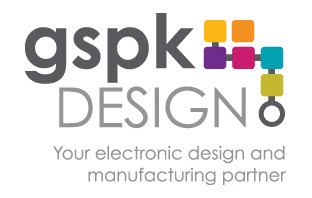“Speed
to market” – The advantage every company deserves.
The first iPhone was
released in June, 2007; the most recent iPhone - the sixth-generation iPhone5 -
was released in September 2012
With the early
enthusiasts queuing as we speak to be the first to get the latest model, Apple
understands just how important speed to market is - and just how important it
is to have a streamlined development process.
Just how fast is your
development cycle? Have you ever considered the question? You may not need to
be as quick as Apple, but surely you appreciate speed is the key to success?
Innovation is a hot
subject at the moment; there’s a less stringent application processes and
greater tax relief is being offered on R&D. The Government and local
enterprise bodies are both pushing the growth agenda.
Why is it than that a
Warwick Business School survey shows that more than 50% of SMEs have done no
product or process development in the last three years?
The key to getting some
velocity into the development cycle is about having a thorough understanding of
not only the design process but also manufacturing processes and
technologies, your customers and your
market place. At GSPK Design we've been developing and manufacturing clients electronics for over 10 years so we have a fairly good idea about product development.
It doesn’t take a genius
or a fancy project plan to know that, if everything happened at the same time
and you had the ability to run all activities concurrently, then things would
happen quicker. In reality though, we all know this can’t happen
However, I believe that
there are five key areas to help make the product development process smoother
and more efficient.
1
Communication:
Communication is the key to success; if all departments are co-located,
it’s the ideal scenario. Again, it’s not
always practical because, sometimes, you need to outsource certain skill sets -
but good communication and a clear understanding of the end goals can shed
weeks - if not months - off a development project, saving considerable cost.
2
Knowledge:
Not only knowledge of a particular part of the process, but the breadth of
knowledge which comes with a wealth of experience. It’s vital that there is an
understanding of how individuals and departments actions interact with the rest
of the development cycle. There is nothing worse than projects getting handed
around from department to department because issues were not considered early
in the development cycle. This takes me
back to communication.
3
Specification:
Far too often, clearly defined specifications are not fully considered from the
start. Time well spent at this stage will pay for itself tenfold at a later
date. The specification can never be thrashed out too much and, once it’s
finalised, companies which do well will get all stakeholders together and
thrash it out again.
4
Flexibility:
This is the ability to bend and move as the development cycle progresses.
Product design is like a living thing; once a project is started, it can
generate a life of its own. Without the ability to accept things change,
expensive mistakes can be made. More time and money is thrown away through
pride than anything else. Sometimes, things need to change. If you’ve heard the
saying: “If it looks like and duck…” need I say anymore?
5
Decision
Making: Design and decision by committee just doesn’t work. Hours and days
can be spent trying to get sign-off from various members with each not wanting
to commit. Pick a decision-maker and stick with them for better or for worse.
That way, decisions can be made quickly, without any procrastination.
Finally, I would always
urge innovators to keep at it; keep creating those new and exciting products
and processes to meet ever-changing customer demands. The more you do it, the
quicker the process becomes. After all, look at how long it took Apple to get
where it is today - and how many failures there probably were before the “i”
revolution.
